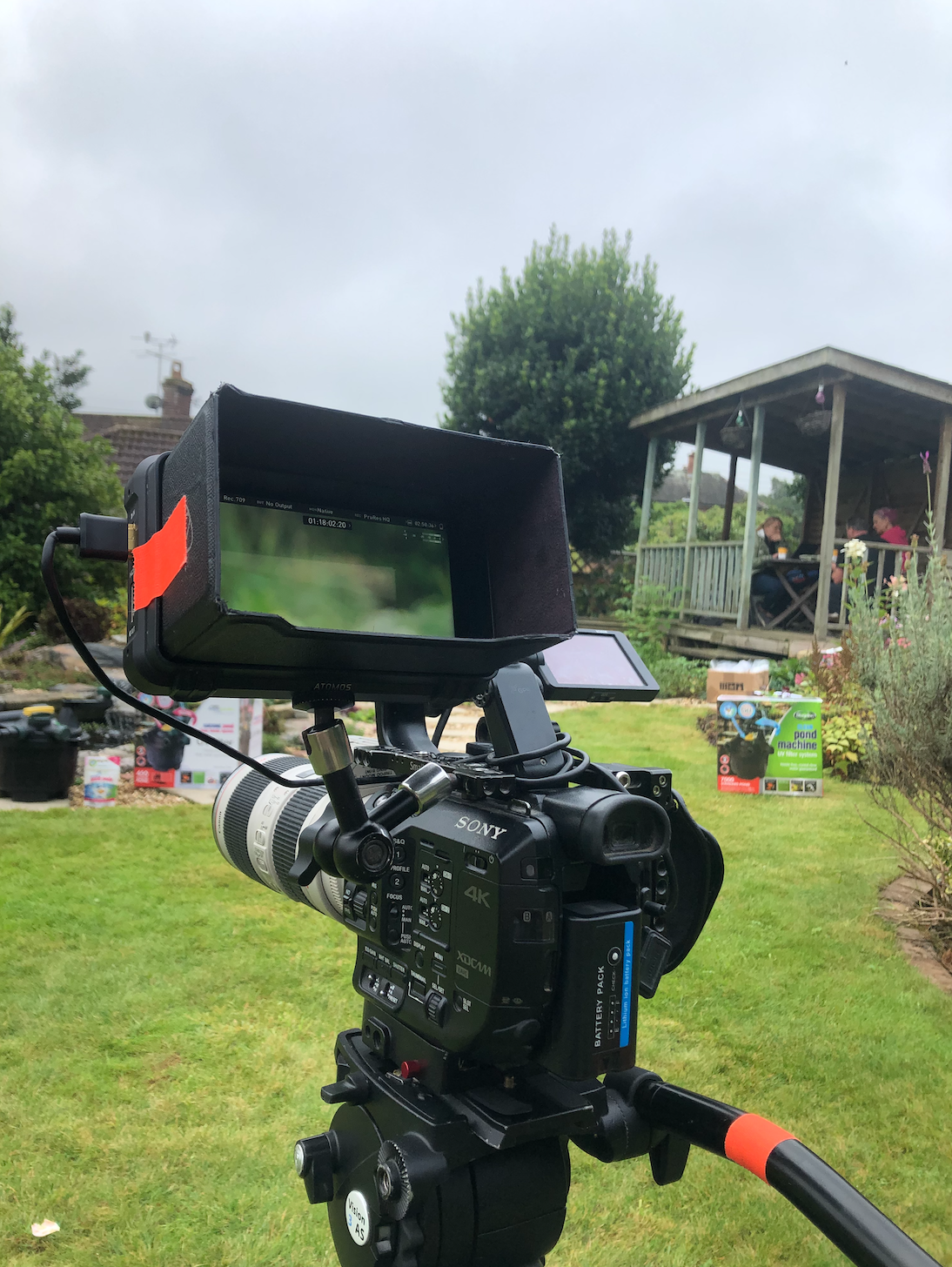Colour grading is a key part of the editing process that can significantly enhance the visual appeal of your videos. By adjusting and fine-tuning the colours, you can evoke emotions, set the tone, and bring a cohesive aesthetic to your video. Let’s dive into what colour grading is, how it differs from colour correction, and some practical tips to master the art.
What Is Colour Grading?
Colour grading is the process of altering and enhancing the colour of a video to achieve a specific look or mood. This process is often done after the footage has been edited and involves fine adjustments to aspects like brightness, contrast, hues, and saturation. Colour grading can elevate a simple video into a visually striking masterpiece.
How Colour Grading Differs From Colour Correction
While the terms are sometimes used interchangeably, colour grading and colour correction serve distinct purposes:
- Colour Correction is the process of fixing issues in your footage, such as exposure, white balance, and colour inconsistencies, to ensure it looks natural and uniform.
- Colour Grading is the creative step that comes after correction, where you apply stylised colour effects to achieve a specific aesthetic or mood.
Popular Colour Grading Styles
Teal and Orange: A widely used cinematic style that enhances skin tones with warm orange hues while adding cool teal to the shadows.
Monochromes: A minimalist approach that focuses on a single dominant colour, creating a unique and cohesive visual tone.
Bleach Bypass: A high-contrast, desaturated look that gives a gritty, dramatic feel.
Black and White: A timeless style that removes colour entirely, highlighting composition and contrast.
Essential Tips for Effective Colour Grading
Mastering colour grading takes a lot of time and practice, but here are a few tips to get you started on the right track:
1. Prioritise White Balance
Setting the correct white balance is crucial. It ensures that the colours in your video appear natural and accurate. Incorrect white balance can result in a colour cast, making your footage look unprofessional. Always adjust white balance before diving into grading.
2. Handle Underexposed Footage Carefully
Underexposed footage can be tricky to work with, as boosting exposure often introduces noise. Use tools like the histogram to monitor brightness levels and avoid overcompensating, which can degrade the image quality.
3. Correct Noise Before Grading
Noise in footage, particularly in darker scenes, can become more pronounced during grading. Apply noise reduction filters to clean up the video before making colour adjustments. This step ensures smoother results.
4. Master the Colour Wheels
Colour wheels are powerful tools for adjusting shadows, midtones, and highlights. They allow you to add warmth, coolness, or specific hues to different areas of your video. For instance, you can add a blue tint to shadows while keeping skin tones in the midtones warm.
5. Fine-Tune Hue and Saturation
Adjusting the hue and saturation helps you control the intensity and balance of colours. Subtle tweaks can make your footage more visually appealing without overwhelming the viewer.
6. Experiment With Tone Curves
Tone curves are another essential tool for achieving precise control over your footage. They let you adjust the brightness and contrast of specific parts of the tonal range, such as shadows, midtones, and highlights. Experiment with S-curves for a cinematic look.
7. Try LUTs
LUTs (Look-Up Tables) are pre-made grading profiles that can quickly apply a specific style to your footage. They’re an excellent starting point, but avoid relying on them entirely. Customise LUTs to suit the unique characteristics of your video.
Colour grading is a skill that requires patience and practice. Understanding the technical aspects, exploring various styles, and experimenting with tools will help you refine your approach. Mastering colour grading will take time, but it is well worth the effort, as it can transform your video projects into visual masterpieces.
FAQ
What software is best for colour grading?
Popular software includes DaVinci Resolve, Adobe Premiere Pro, and Final Cut Pro.
Can I colour grade without prior colour correction?
It’s not recommended. Colour correction ensures your footage is balanced and ready for creative grading.
What’s the difference between RGB curves and tone curves?
RGB curves adjust the red, green, and blue channels individually, while tone curves adjust the overall brightness and contrast.
How can I learn colour grading?
Online tutorials, courses, and practice with your projects are great ways to get started. Many software options also offer built-in guides.
Are LUTs free to use?
Some LUTs are free, while others are paid. Just be sure to check the source to ensure they’re compatible with your software.
